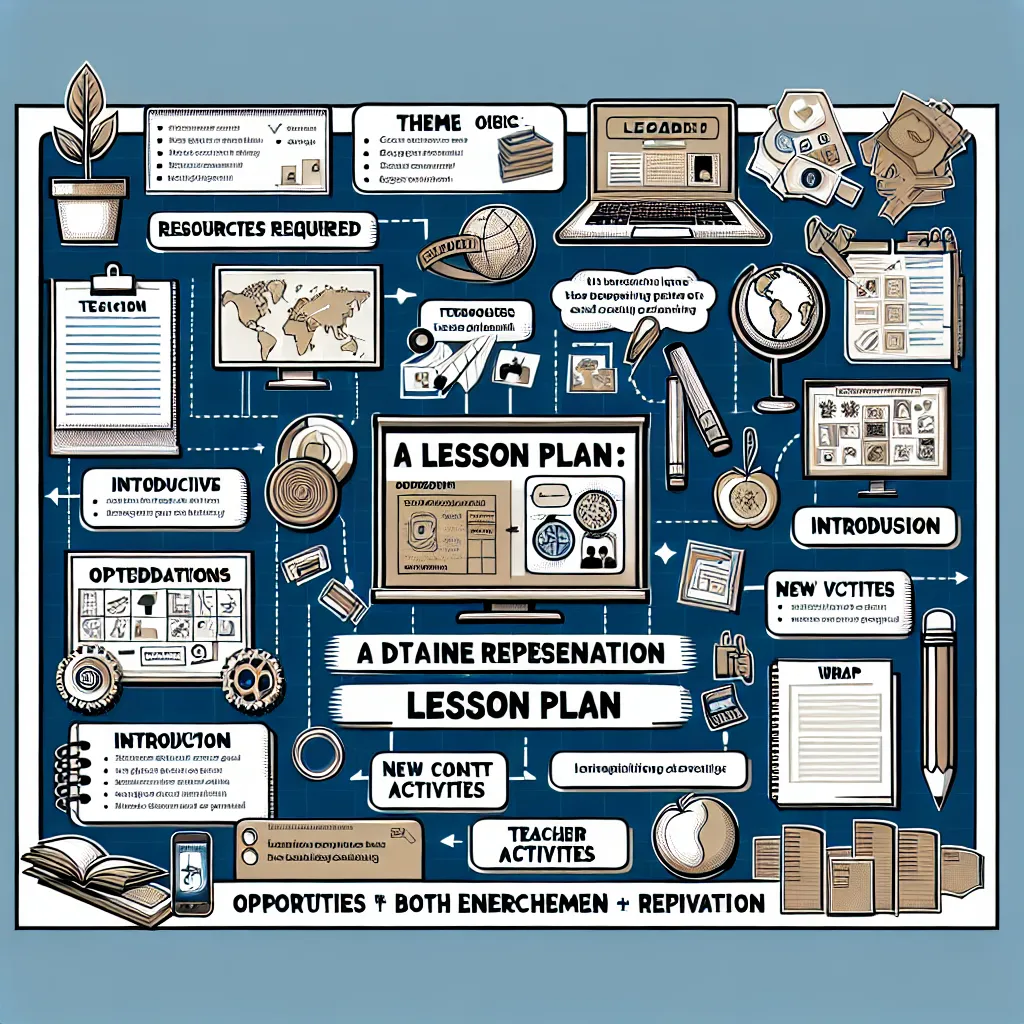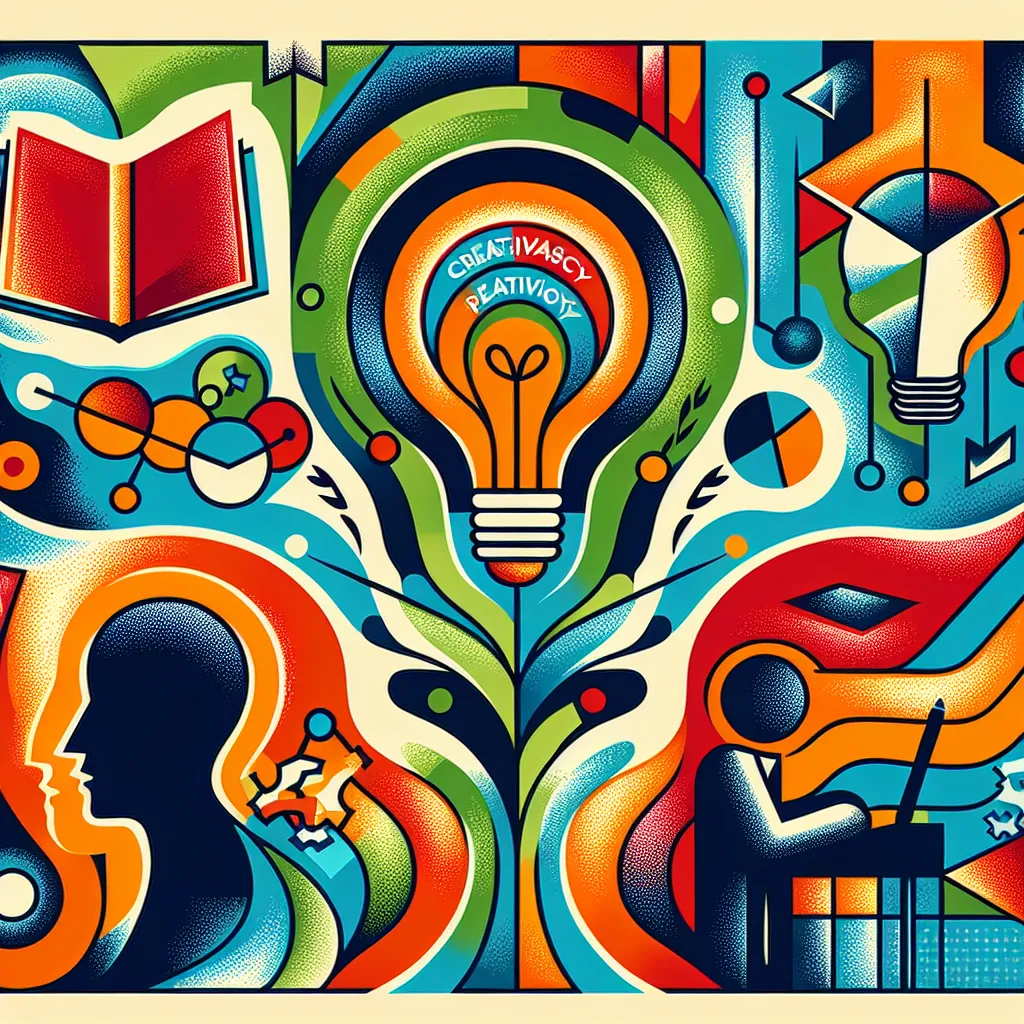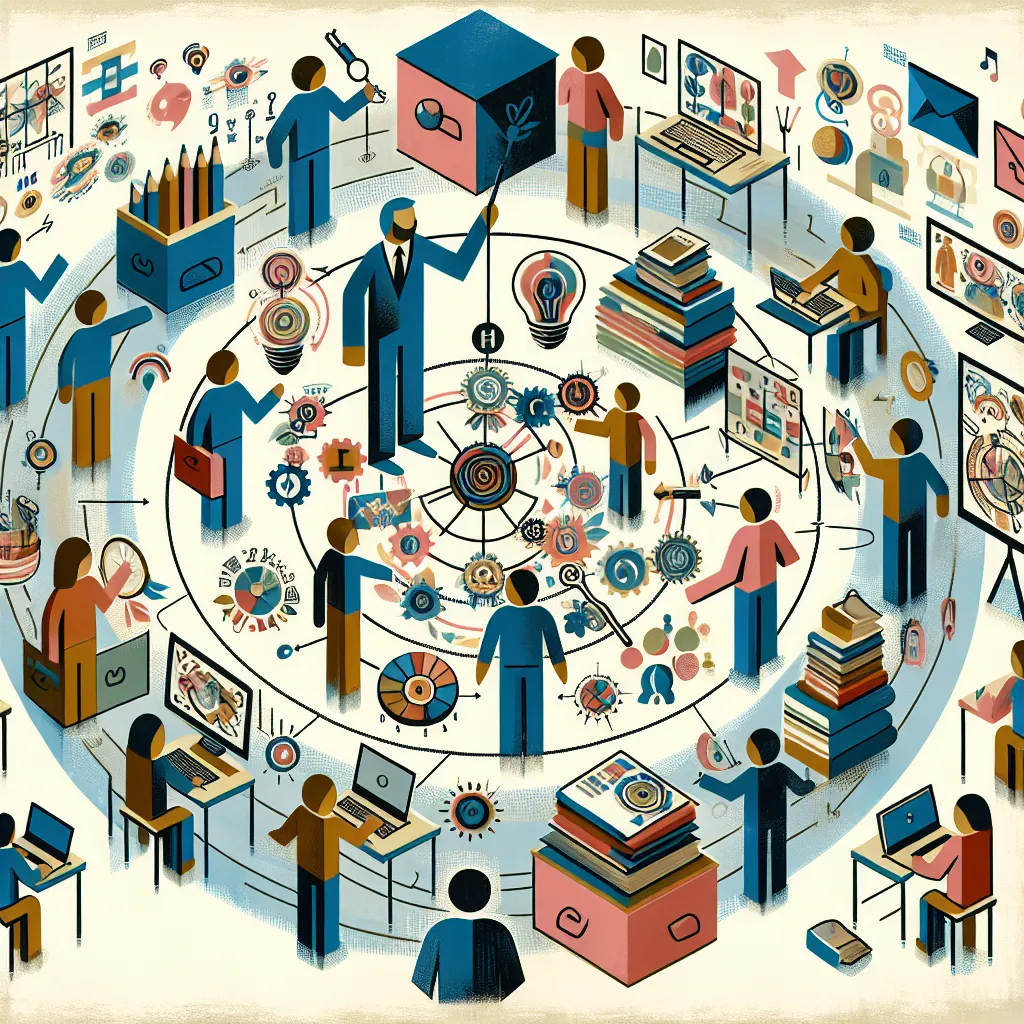Ask AI on The Internet
Question: a) How might your own culture-bound assumptions influence your interactions with learners? ……………………………………………………………………………………………………………………………………………………………………………………………………………………………………………………………………………………………………………………………………… b) How might the backgrounds and experiences of your learners influence their motivation, engagement, and learning in your classroom? ……………………………………………………………………………………………………………………………………………………………………………………………………………………………………………………………………………………………………………………………………… c) How can you modify course materials, activities, assignments, and/or exams to be more accessible to all? …………………………………………………………………………………………………………… …………………………………………………………………………………………………………… d) What experiences have you gained during your 5-week teaching observation? • Good experiences: ………………………………………………………………………………………………………………………………………………………………………………………………………………………… • Bad experiences: ………………………………………………………………………………………………………………………………………………………………………………………………………………………… plan a lesson plan for grade 12 for english : Subject: english _________________________________________________________________ Theme: __________________________________________________________________ Grade: ___________________________________________________________________ Duration/Time: ____________________________________________________________ Topic (specific): In CAPS, the subject matter that teachers have to teach is clearly indicated, and all they have to do is choose a section (a theme or topic) to be presented in a lesson or series of lessons. To plan your own lesson, use the CAPS document you downloaded for the activity on progression. You have to plan your lessons for 2024 according to CAPS. Use this document and plan your lesson according to the CAPS document. _______________________________________________________ Mention resources to be used (LTSM) (Read chapter 4 of “HELP I’m a student teacher!” for information about learning media") Learning outcomes/objectives/aims (Read chapter 4 of “HELP I’m a student teacher!”) Teaching methods, learning activities and assessment (Read chapter 3 of “HELP I’m a student teacher!”) Lesson opening/introduction: What you do here will depend largely on the type of lesson presented, the subject matter to be covered, the learning activities planned for learners, and so on. Try to focus the learners' attention on the theme by recalling existing knowledge, surprising them or doing something unusual (or letting them do something unusual). Try to make them want to know more or want to master a skill. This will launch the learners on a voyage of discovery, to which they will look forward with anticipation. Introduction of new content: The main part of the lesson/new knowledge/skills and values/learning opportunities This should contain an indication of the type of lesson (or a combination of various types) that is planned, and the activities of both teacher and learners should be clearly set out. The following are a few of the types of lessons you could consider: Question-and-answer lesson: This type of lesson features questions, that the learners are required to answer. Avoid this where possible, unless you combine it with the screening of a video, slides/transparencies, photos or similar aids on which the learners are questioned (or can ask questions) about what they have seen or observed. You could also make this type of lesson interesting by holding a quiz (preferably in teams to avoid hurting slow learners' pride). It is also a good way of doing revision. Practical lesson: This type of lesson requires the learners to undertake some or other kind of practical activity. Teacher activities:(Describe what you have to do before, during and after the lesson – this will help you to plan for every phase of the lesson.) Learner activities: (Keep in mind that you have to plan the time for activities. Learners learn best when they are actively involved in their own learning.) Closing: (What will you do to round off the lesson? Will the learners do activities or homework? How will you know that learning has taken place?) Assessment activities: Briefly describe what learners will do to show that they have mastered or made progress regarding the lesson outcomes/objectives. Assessment tasks must include the following: • Say who will carry out the assessment and if it will be an individual or group assessment. • Describe the assessment task, e.g. test on …., worksheet about …, research task on …., experiment • What instrument will be used to assess with? For example, memoranda, rubrics, checklists and so on. Indicators as to whether there has been successful learning could take the form of demonstrations by learners, a final product such as the drawing of a map, a written report, learning behaviour and conduct, learner participation (in things like group activities). Expanded opportunities: (What kind of enrichment is provided for gifted learners? What kind of remediation is provided for learners requiring additional support?)
### a) How might your own culture-bound assumptions influence your interactions with learners? Cultural assumptions can impact the expectations I have from learners, the examples I use, and the way I interpret their behavior. For instance, if I come from a culture where direct eye contact is a sign of attentiveness, I might misinterpret a lack of eye contact as disinterest. Being aware of these assumptions allows me to create a more inclusive learning environment by actively seeking to understand the diverse cultural norms of my learners. ### b) How might the backgrounds and experiences of your learners influence their motivation, engagement, and learning in your classroom? Learners' backgrounds and experiences can greatly influence their motivation and engagement. Students from underprivileged backgrounds might lack access to learning resources, affecting their preparedness. Conversely, those with rich learning experiences might be more engaged. Personal experiences also shape attitudes towards subjects; for instance, a student from a family of writers might be more motivated in English. Recognizing these differences can help tailor lessons to meet diverse needs. ### c) How can you modify course materials, activities, assignments, and/or exams to be more accessible to all? - **Materials**: Use diverse examples and culturally relevant content to make lessons more inclusive. - **Activities**: Incorporate various teaching methods, like visual aids, hands-on activities, and group work to cater to different learning styles. - **Assignments**: Offer options, such as written reports, presentations, or projects, to allow learners to choose formats they are most comfortable with. - **Exams**: Provide extra time, different question formats (multiple-choice, essays), and allow for oral examinations if necessary. ### d) What experiences have you gained during your 5-week teaching observation? - **Good experiences**: - Witnessing the benefits of differentiated instruction and student engagement through diverse activities. - Understanding the importance of creating a warm and inclusive classroom environment to foster student learning. - **Bad experiences**: - Encountering challenges with classroom management and realizing the necessity for clear, consistent rules. - Observing the struggles of students with different learning needs due to one-size-fits-all approaches. --- ### Lesson Plan for Grade 12 English **Subject**: English **Theme**: Analyzing and Interpreting Literary Texts **Grade**: 12 **Duration/Time**: 60 minutes **Topic (specific)**: Understanding Symbolism in Literature **Resources to be used (LTSM)**: - Pre-selected literary text with rich symbolism (e.g., "The Great Gatsby" by F. Scott Fitzgerald) - Handouts with key excerpts - Smartboard/projector for displaying text and related images **Learning outcomes/objectives/aims**: - Students will be able to identify and explain symbols in a literary text. - Students will understand how symbolism contributes to themes and character development. - Students will enhance their analytical writing skills through textual analysis. **Teaching methods, learning activities, and assessment**: **Lesson opening/introduction**: - Begin with a short video or image that uses symbolism. Ask students to discuss what they think it represents. - Connect the discussion to the theme of symbols in literature. **Introduction of new content**: - Provide a brief introduction to the concept of symbolism and its importance in literature. - Distribute handouts with key excerpts from "The Great Gatsby" that contain rich symbols (e.g., the green light, the valley of ashes). - Explain the context and significance of each symbol. **Teacher activities**: - Before: Prepare handouts, select excerpts, and set up multimedia resources. - During: Guide the discussion, provide explanations and context, and answer questions. - After: Collect and review student work, and provide feedback. **Learner activities**: - Read and annotate the provided excerpts, identifying symbols and their meanings. - Participate in group discussions to share interpretations. - Write a short analysis of one symbol in the text. **Closing**: - Summarize the key points from the lesson and ask students to share one new thing they learned. - Assign a homework task: write a brief essay analyzing the significance of a symbol in the text. **Assessment activities**: - **Assessment type**: Individual assessment through written analysis. - **Assessment task**: Students will write a short analysis of a symbol in "The Great Gatsby." - **Assessment instruments**: Rubric to evaluate understanding of symbolism, analytical skills, and writing clarity. **Expanded opportunities**: - **For gifted learners**: Encourage them to explore multiple symbols and their interplay with themes in the text. - **For learners requiring additional support**: Provide additional examples and one-on-one guidance for identifying and analyzing symbols. By creating a balanced lesson plan that incorporates diverse teaching methods and considers learners' backgrounds, you can foster an inclusive, engaging, and effective learning environment.
Think your answer is better than the AI's? Post it below.
Other Most Relevant Posts:
 Section A (20): Understand Concepts in Language, Didactics, Genres, and Learning
Section B (40): Discuss Carol Read’s Pillars of Creativity
Section B: Analyze Key Themes in Multimodal Literac
Section A (20): Understand Concepts in Language, Didactics, Genres, and Learning
Section B (40): Discuss Carol Read’s Pillars of Creativity
Section B: Analyze Key Themes in Multimodal Literac
Question Tags
If you want your question answered by an AI, click here.






Post your own comment: